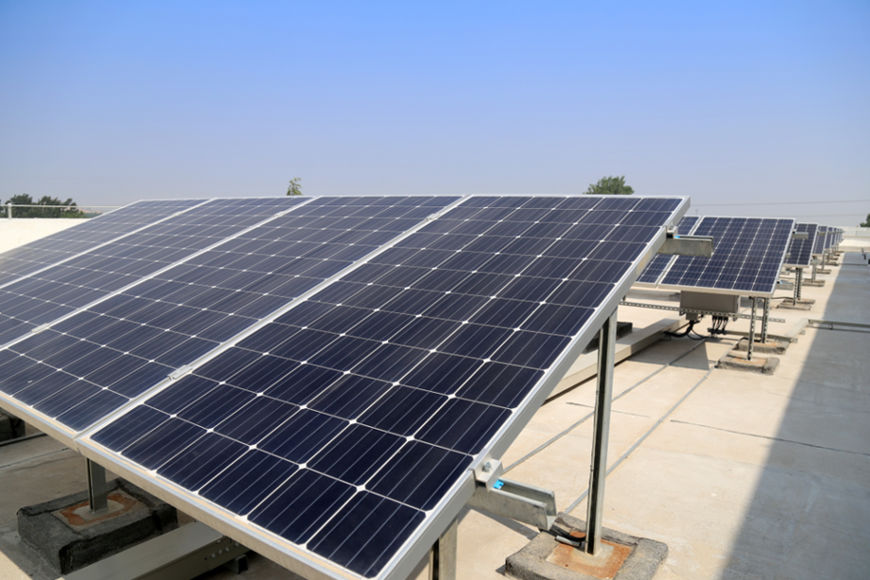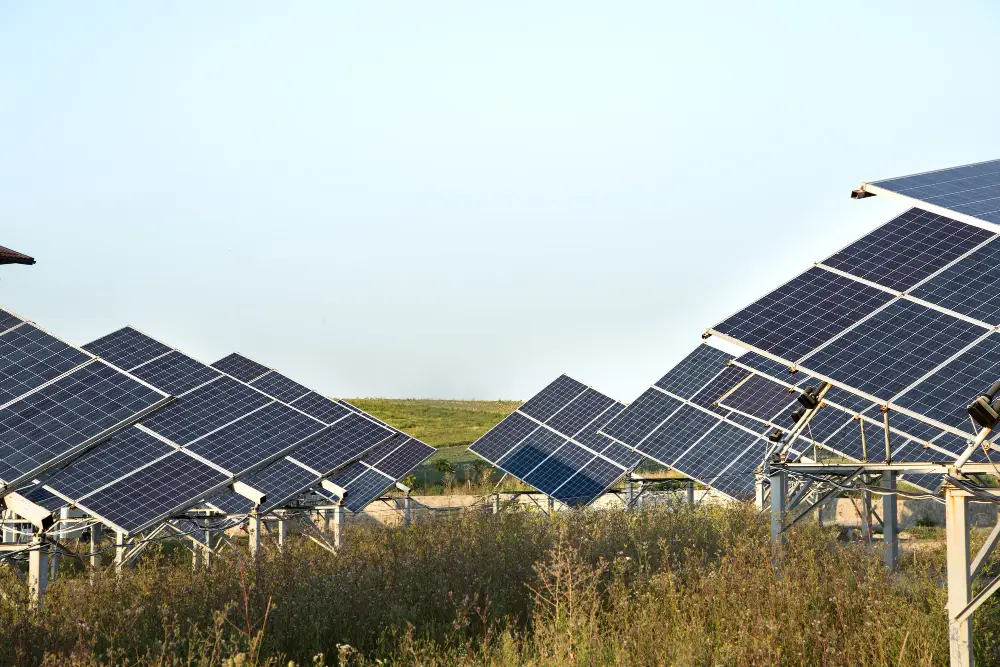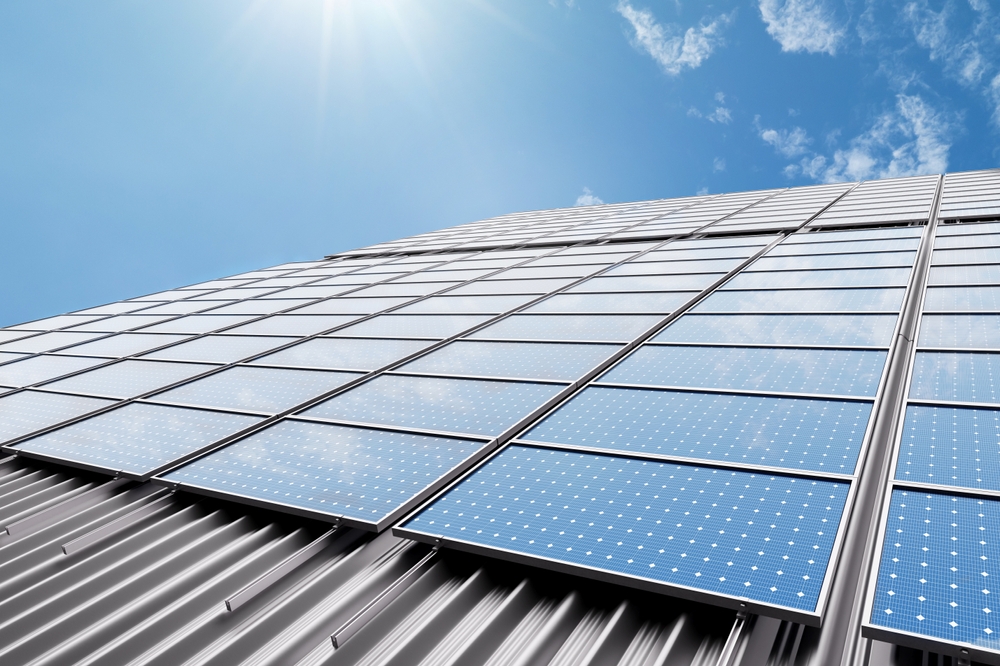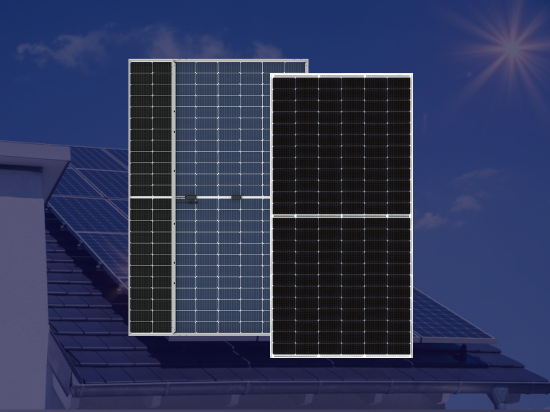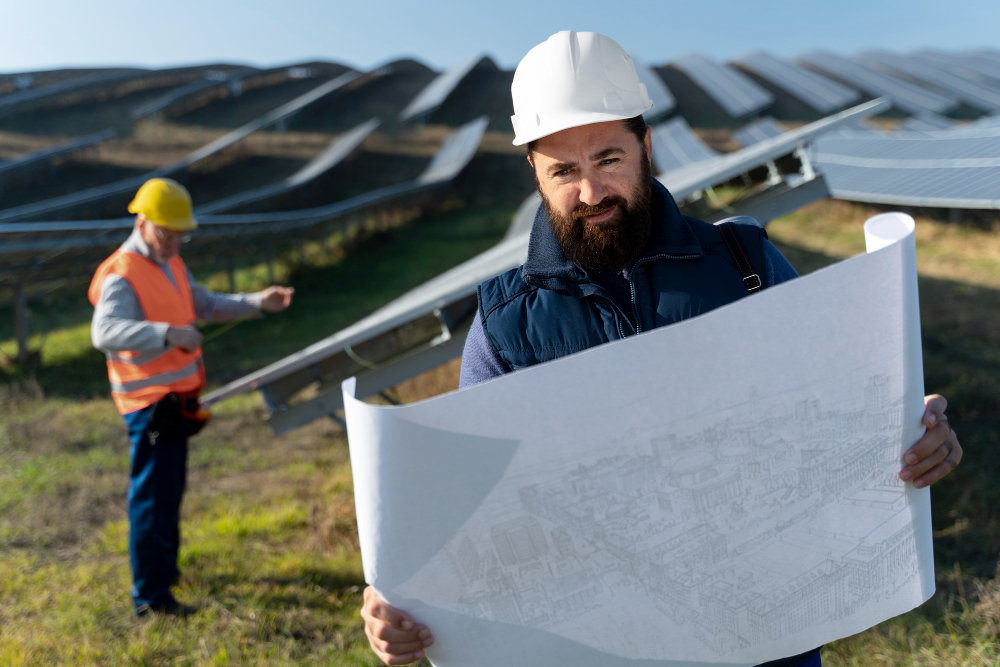The Future of Solar Panels: Trends and Innovations in 2025
Global energy demand is increasing annually. The renewable energy sector is contributing significantly to this growing energy need. In particular, solar energy is being utilized more.
The International Energy Agency (IEA) forecasts a 4% increase in global electricity demand this year. Renewable energy is a big part of the future of energy. It is expected to make up a large share of the world's electricity supply, reaching 33% this year.
India is among the top global solar producers. It has set ambitious goals of generating 500 GW of solar power by 2030 and is working continuously toward achieving them.
This article by Solaire, India's no 1 solar company, explores the trends and innovations shaping the solar panel landscape.
Innovations and Improvisation of solar PV technology
Solar panels are getting better. They're becoming more efficient and cheaper to make. New materials like perovskite could make them even more powerful. This means they can produce more energy even in smaller areas. It is expected to drive solar panel efficiencies beyond 25% by 2025
Traditional silicon-based panels are being replaced by new materials like perovskites, which offer higher efficiency and lower production costs. Additionally, bifacial solar panels that capture sunlight from both sides are becoming more prevalent, boosting energy yields.
Tandem solar cells use multiple layers to capture more sunlight, making them super efficient at producing energy. These cells could help make solar power more affordable and competitive.
Thin-film and flexible solar panels are opening up new possibilities. They're lightweight and can be used in many places, like rooftops, cars, and clothes. This is great for cities where space is limited.
Solar skins are making solar panels look good. These new panels blend in with your roof, so they don't ruin the look of your house. This is a big plus for homeowners worried about how solar panels would look.
As the best solar company in Kerala, we prioritize continuous innovation and the integration of the latest technologies to maximize the efficiency of our solar panel offerings.
Integration Of AI With Solar Panel Systems
Solar power generation is unpredictable due to its reliance on sunlight. Accurate weather forecasting is important for managing this intermittency. AI algorithms can analyze various data sources (weather data, satellite images, etc.) to provide highly accurate solar energy generation forecasts. This improves grid management by enabling better supply-demand balancing and reducing energy wastage.
AI-Powered Solar Panel Maintenance- AI can predict when and where solar panel maintenance is needed. AI-driven drones and robots can conduct real-time inspections, identifying inefficiencies and malfunctions. This leads to predictive maintenance, minimizing downtime, and optimizing panel performance.
India is accepting AI-powered solar systems and such innovations. Let us hope it can bring advantages to solar panels and On-grid Inverters in India
Transparent Solar Panels
Transparent solar panels are a type of solar panel that allows some light to pass through them. While still under development and not as efficient as traditional solar panels yet, advancements in technology are constantly improving their performance. These panels hold immense potential for urban environments, making buildings more sustainable and reducing our reliance on traditional energy sources.
They are less efficient than traditional solar panels, but they can be used in a variety of applications, such as skylights, building facades, and canopies. There are different types of transparent solar panels, including crystalline, thin-film, and TLSC. It's exciting to think about a future where our windows can contribute to powering our homes and offices!
Building-Integrated Photovoltaics (BIPV)
Imagine solar panels that aren't just stuck on your roof, but become part of your building! That's the idea behind Building-Integrated Photovoltaics (BIPV). These are special materials that can generate electricity while also serving as your roof, windows, or even the walls of your building.
This not only creates clean energy but also makes your building look better and uses space more efficiently. While they might cost a bit more upfront, BIPV systems can save you money in the long run and are much better for the environment.
With growing government support, increasing environmental awareness, and new technologies like this, we can expect to see many more buildings using BIPV in the future, making cities more sustainable and energy-efficient
Growth of Floating Solar Farms
Floating solar farms are becoming increasingly popular as a sustainable and innovative way to generate solar energy. Floating solar farms are a smart method to make solar power.
Instead of putting solar panels on land, they float on water like lakes and reservoirs. Water keeps the panels cool, The water helps the solar panels stay cool, which makes them work better. Hot panels don't produce as much energy.
India has many floating solar farms including NTPC Floating Solar Plant Ramagundam (100 MW), NTPC Floating Solar Plant Kayamkulam (92 MW), Rihand Dam Floating Solar Power Plant (50 MW), Simhadri Floating Solar PV Project (25MW) and 2 MW Floating Solar Power Plant at Chandigarh.
As one of the best solar panel company in Kerala, we are immensely proud of having a successful Floating Solar Farm in Kayamkulam, Kerala.
One major advantage of floating solar farms is land conservation. By utilizing water surfaces, floating solar farms free up valuable land for other purposes such as agriculture or urban development.
Rapid Growth of Large-Scale Solar and Storage Projects
The rapid growth of large-scale solar and storage projects is a significant development in the global energy landscape. These large-scale projects can provide reliable, clean energy, and help us reduce our dependence on fossil fuels. These projects are expanding significantly in 2025.
These projects ensure that solar energy can meet peak electricity demand, reducing reliance on fossil fuels.
Blockchain Technology for Decentralized Solar Energy Markets
Blockchain creates a decentralized platform where individuals and businesses can buy and sell solar energy directly, bypassing traditional utilities. This empowers consumers and fosters local energy communities.
Homeowners with solar panels can easily sell excess energy to neighbors or businesses, boosting solar adoption.
Let's Hope 2025 To Be Another Golden Year For Solar Energy Sector
In summary, Things are looking good for the solar energy sector and solar panels in 2025! Solar power is getting more affordable and powerful, making it a smart choice for many people. The solar industry is getting advancements, and risings driven by the factors like the efficiency of panels, AI integrated systems, new technologies, and demand for renewable energy.
The future of solar panels is promising. It's getting more efficient, more versatile, and more visually appealing, which will make it even more popular. As India's no 1 Solar Company, we are at the forefront of this exciting evolution.
